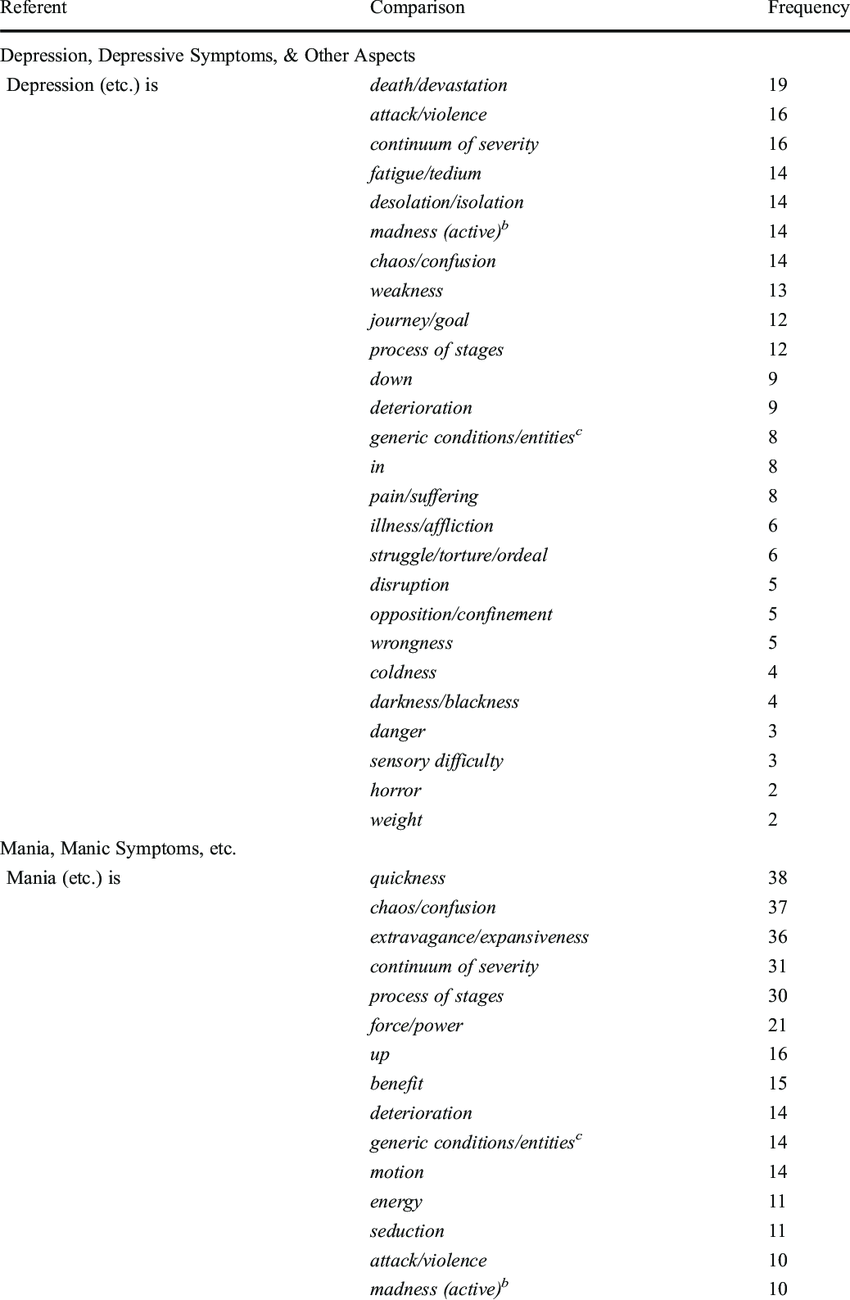Many people try to explain depression with metaphors, it seems that this inevitably leads to sadness, and sadness to a deep, dark well where the exit becomes distant or non-existent, depression alludes to a kind of invisible chains that are somewhat complicated.
They are like this because they drown with weight and not with tension, because they get fat with melancholy and not with oil. Their power is to make us believe that we are small, clumsy and incompetent. The losers in this game, some on a whim call life.
- Because there’s only one thing left that shakes me.
- It can never be anything except a bird with broken wings running in vain away from you.
Can’t I give you the love that’s no longer mine, the love that hit me and threw me through the blinding snow?
-Exhausted. Used, Elizabeth Siddal (1829-1862) –
Those who see the depressed person from the outside even think they understand. Yes, they think they’re doing it. They say that they also felt sad and had occasions when they saw no way out, from that memory has left them the feeling that patience is a weapon that we always underestimate, that the time of sadness continues to flow, even if everything seems motionless and unimportant, so that when we open our eyes, we understand together.
This is why those who believe they understand do not hesitate to encourage the depressed person, because on their face they see a pattern similar to the one they have experienced drawn, however, depression is more than a week of sadness or mourning that is good for us. Explaining depression is difficult because it is a disorder that cannot really be illustrated with metaphors and requires the intervention of a professional.
It’s not just a dark, dead-end tunnel. It is also a tunnel where air is missing and where you cannot breathe; a space where the person cannot move and feels guilty; it is a situation in which there is the impotence of wanting and not being; a place where questions bite and everything is out of the question is a threat.
A place where courage is blurred and the eyes protected by a glass of tears that does not always come out. A crystal that magnifies the negative and becomes opaque for opportunities. Ultimately, we are talking about a place where spirits are needed, but emotional tools and abilities are even more important.
A place where questions bite and everything is out of the question is a threat.
A depressed person is not only a sad person, that is, it does not always seem sad, and although it is the most striking emotion of the stereotype, it is not always the predominant one, in fact, often and especially in children, Something happens that few people know and that sadness becomes rage. This also happens in adults because, despite having more emotional regulation tools, there is basically a struggle and a sense of frustration because there are no results.
Yes, angry. An anger that is usually passed on to people around them who are trying to help, anesthetating empathy. This not-so-recognizable face of depression alienates those who want to help, tired of giving advice, easy and useful solutions for them, but the other doesn’t follow.
That’s when the depressed person can stop being a victim and become guilty, so even if he continues to suffer, others may understand that his position is very comfortable: he does not work, does not help at home and spends the day resting. What if you don’t do something?
As we have seen, depression is a much more complex disorder than an emotion, it is a deep pity for which all the support in the world is needed, but a well-oriented support, with intelligence, otherwise the strength of this support may end up sinking the person further.
Hence the need for good professionals, of needing friends, but not enough, that can make the depressed person feel like an empty bag of advice. If we want to help, don’t underestimate this disorder, don’t metaphor for explaining depression, as we’re in great danger of being incomplete and this will affect the way we help, whether we have the best or not. the intention of the world.

